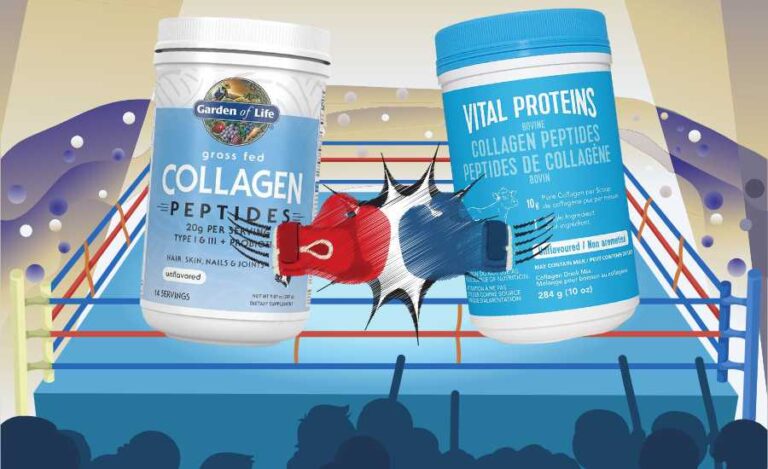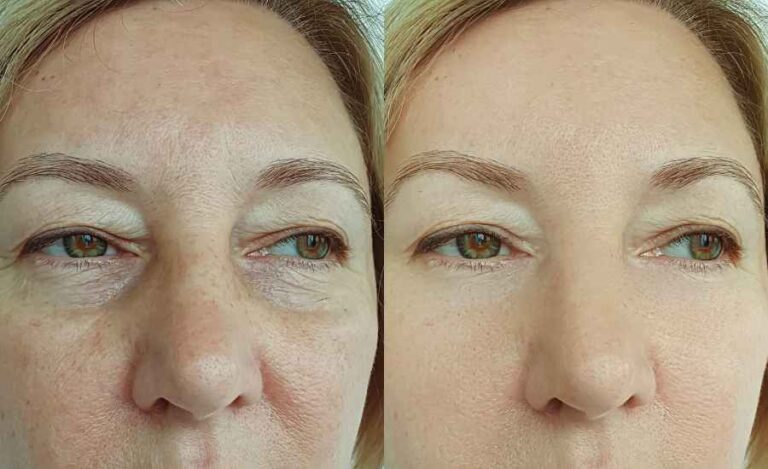Botox is a very popular way to reduce the appearance of fine lines or crow’s feet very quickly. Getting some bruising after Botox injections and fillers is very common. The good news is there are some top tips on how to prevent bruising from Botox and dermal fillers.
With some easy steps that you can take prior to and immediately after post-treatment, you can reduce or avoid getting them all together.
Tip 1 and Tip 9 particularly helped me a lot. Tip 9 was a major factor when it came to reducing swelling.
The needle occasionally hits small blood vessels under the skin which are almost impossible to avoid, which causes botox bruising. For best results wait for about 1 week for everything to settle so botox and dermal filler treatments take effect.
Getting bruised and swollen from a simple procedure can be an inconvenience. Especially if you don’t have the luxury of downtime and need to show up at a meeting or have a face-to-face job. Or you might have an event coming up.
With my years of experience with Botox and various types of fillers I have tried and tested all of the tips below. I continue doing these things before and after my treatments every time I have them done.
What to do to prevent bruising from Botox and fillers prior to treatment;
1. Avoid drinking alcohol.
Within 24 hours for the treatment and for at least 24hrs after avoid alcohol. Alcohol is a blood thinner and can make you bleed more during the procedure. Bruising is much more likely to appear around the Botox and fillers treatment area if your blood doesn’t clot rapidly.
2. Take Arnica tablets.
Taking Arnica Montana (homeopathic supplement) for 4-5 days before treatment has been shown to reduce bruising and swelling after procedures including injectable treatments. It is a natural supplement that has been used since the 1500s to help reduce inflammation. Arnica cream is available which is often used to heal wounds, but can also be used to reduce bruising and speed up the healing process.
3. Take vitamin K.
When you start planning for your Botox treatment start taking vitamin K. The sooner you start the better. You can also buy vitamin K cream to use on the treated area after the cosmetic injections.
4. Choose a reputable injector.
Using a skilled injector is important so try to book with someone that was recommended to you by a trusted source especially if it’s your first time.
5. Avoid blood thinners.
Avoid supplements and foods that slow down blood clotting or have an antiplatelet effect such as ginkgo biloba, garlic, ginger, and turmeric. Whilst the studies by WebMD mostly refer to supplements containing these ingredients, I would avoid those ingredients in food for around 24hrs just to be on the safe side.
Some other blood-thinning medications like some blood pressure medications can also cause bruising, you might need to check with your doctor to find out if any of your prescription medications.
6. Keep your face cool and stay hydrated.
Avoid exposure to heat and keep your face nice and cool just before the cosmetic treatment if possible. This is sort of a 2 in one-tip. Staying hydrated will speed up your post-treatment recovery. Hydration helps everything.
What to do to prevent bruising from botox and fillers after the treatment;
7. Apply ice packs.
Immediately after treatment, your injector will normally apply ice packs on the treatment site, you can bring some of your own cold packs with you in a cooler bag so that you can continue applying after you leave the clinic for another 5-10 minutes.
8. No intense workouts.
Avoid any intense exercise that elevates your heart rate high or weight training on the same day of the cosmetic procedure and preferably the next day as well. Walking is fine.
9. Elevate your head at night.
Get an extra pillow to elevate your head a bit higher the first night or even first 2 nights after treatment, sleeping low and flat can increase swelling and bruising. And try to avoid sleeping on your stomach or side and instead try to sleep on your back with your face, facing up.
10. No touching.
Avoid touching or scratching your face and only gently wash and apply moisturizer. You can use your regular face wash (natural type is best) after treatment and you can moisturize and use sunscreen as normal.
The puncture from the needles closes almost immediately so there is no risk of moisturizer penetration through any open wounds or causing injection and safe to use. In fact hydrating your skin with good face cream can relieve discomfort or dryness or itchiness around the injection site.
Extra tip specifically for lip injection swelling.
The important thing to note is that if you use a dental block when doing lip injections you are more likely to swell up. Using numbing cream instead can help avoid the extra swelling.
However, numbing cream does not have the same effect as a dental block. Dental block completely numbs the entire bottom of the face and you won’t feel anything at all, whilst numbing cream will just reduce the discomfort while being injected. A dental block can normally only be administered by a nurse or a doctor, so if you are using an injector who isn’t a doctor or nurse they may only be able to offer you numbing cream.



